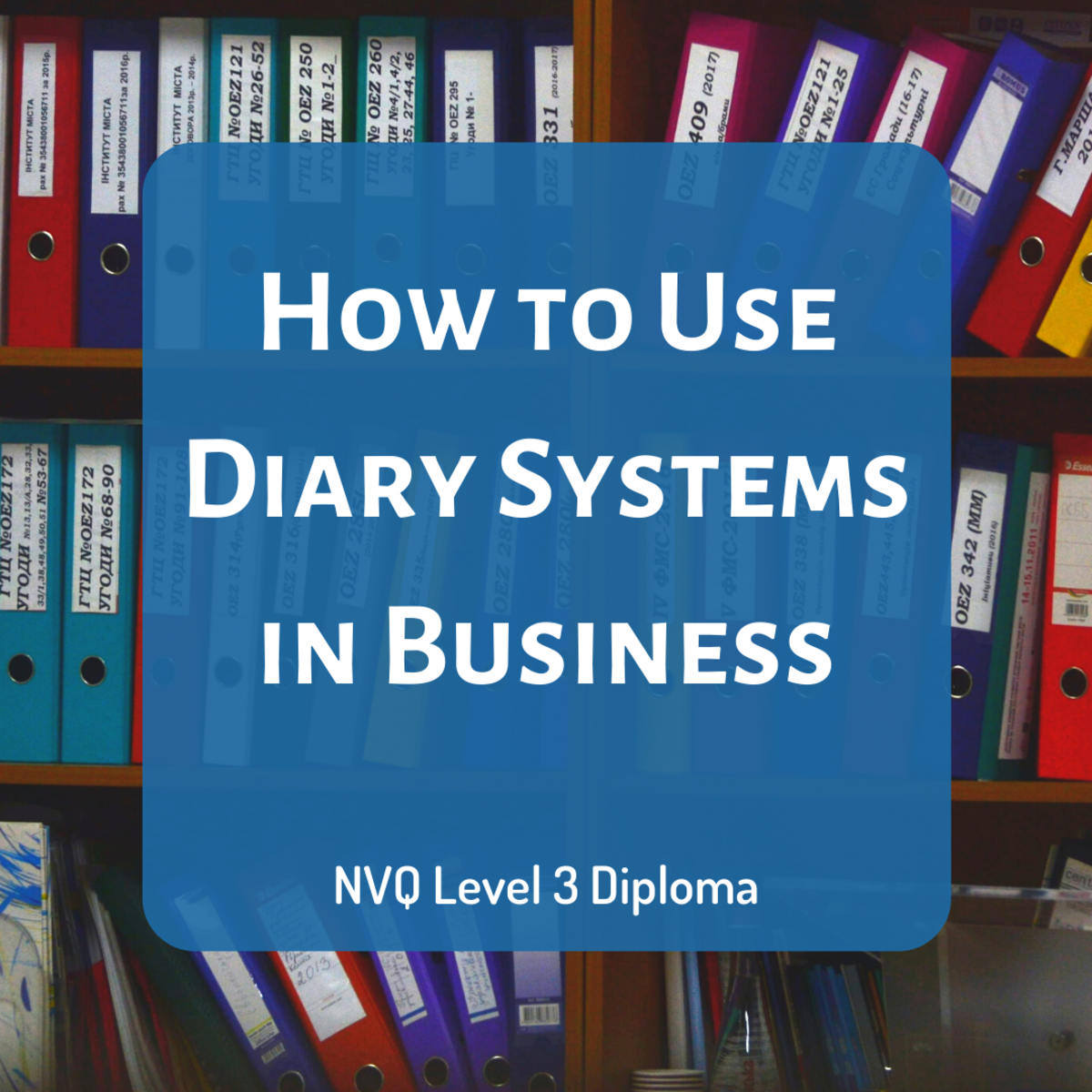Practice Time Management Skills
There is an old saying that if you spend five minutes a day for five years reading about a topic you will be the worlds best authority on that topic. This is assuming that you spend the five minutes every day reading about the topic. How do you set aside the time every day? You manage your time. One of the hardest soft skills to learn is time management.

Franklin Planner
Benjamin Franklin developed a system of organization that people use to this day. The system is called the Franklin Planner and consists of a specialized notebook in which to maintain appointments and schedules. There are generic forms of the Franklin Planner simply called day planners and for the novice, these work just fine. One advantage to the Franklin Planner, however, is the support system Franklin has evolved. They present seminars to help newcomers to the system learn how to properly use the planner to help organize their time. Some organizations issue Franklin Planners to key employees and send those employees to the seminars.
Some people use day planners to help with time management. Day planners are organized with daily, weekly, and monthly calendars. They contain areas to set appointments, keep notes, and organize contact information.
For many people, the cost of the authentic Franklin Planner may be somewhat prohibitive. Unless there is a need for the extras offered by the company, a generic day planner will work just as well. Regardless of who publishes a day planner, all day planners do basically the same thing. The author has used planners at various times to maintain schedules and appointments; the benefit of not missing appointments due to memory loss is without question.
Some people use day planners to help with time management. Day planners are organized with daily, weekly, and monthly calendars. They contain areas to set appointments, keep notes, and organize contact information.
Not everyone is efficient at using a day planner. This is a skill that takes practice and determination to master. One reason that people fail using day planners is that the planner must always accompany the person using it. You have to keep it with you at all times. When you make a quick trip to the store -- take the planner with you. When you go to work -- take the planner with you. It must always accompany you. However, learning the skill of maintaining appointments is well worth the effort.
Multitasking
Dealing with the ins and outs of daily life causes many people to multitask or attempt to work on more than one task at a time. However, multitasking is somewhat of a illusion because people can actually only work on one task at a time. When a person experiences the illusion of multi-tasking that person is switching between multiple single tasks at a fairly quick pace.
Trying to multi task can, in some cases, prove detrimental to all tasks performed as the multi-tasking individual looses track of details involved with each particular task. The human brain has a limit on how much information may be simultaneously processed or switched.
Multitasking therefore results in trading off the probability of successfully completing individual tasks as the information for each of the tasks is discarded or moved to different areas of memory. The person moves from one task to another then returns to the original task and attempts to recall what the next step of the process is.
Prioritize Tasks
An alternative to multitasking is to prioritize tasks. Prioritization is simply a method of assigning a priority to each task then completing each of the tasks in the order of their priorities. Some people use names for priorities such as high, medium, low, and delegate. The high, medium, and low priorities are self-explanatory. The delegate priority means that the person in charge of the task delegates the task to someone else. This is only possible if the controlling party is in fact in charge of other people.
An alternative to naming priorities is to assign each priority a numeric value. For instance, high priority tasks would be assigned the value of “1” and low priority tasks would be assigned the value of “3”. If delegation is a possibility then the value of “4” could be assigned to delegate.
Which ever method you choose for prioritization is not important. What is important is to stick to whatever method you adopt and religiously follow the steps. Time management may be effectively achieved by combining task prioritization with using some form of day planner.
Do you successfully manage your time?
Please let me know what you think.
- Day Planners
Time to get organized for the New Year! You probably forgot about your Day planner and won't remember it until you go back to work. Time to order refills or get a whole new Day Planner. There are several... - Printable Day Planner Pages
If you want to get organized a day planner may be one of the first things you consider. Day planners can be expensive to buy and you may find it difficult to find one that fits your unique needs. Do you...









